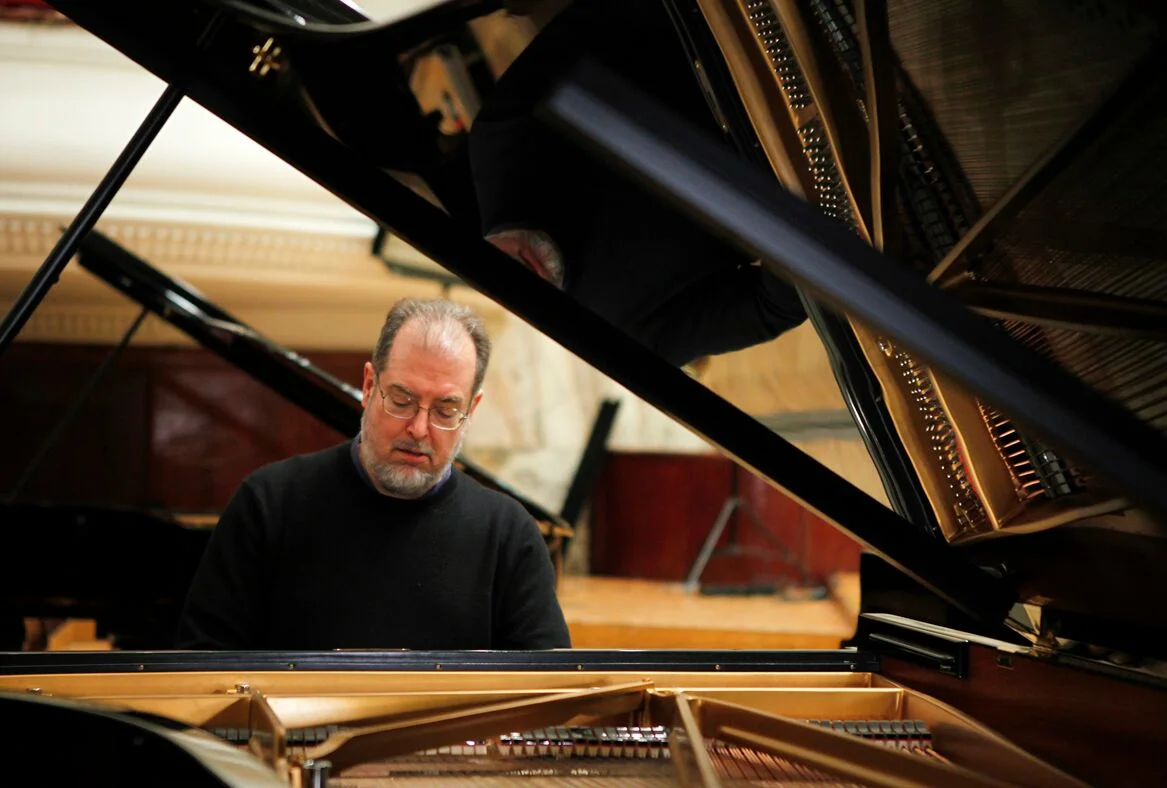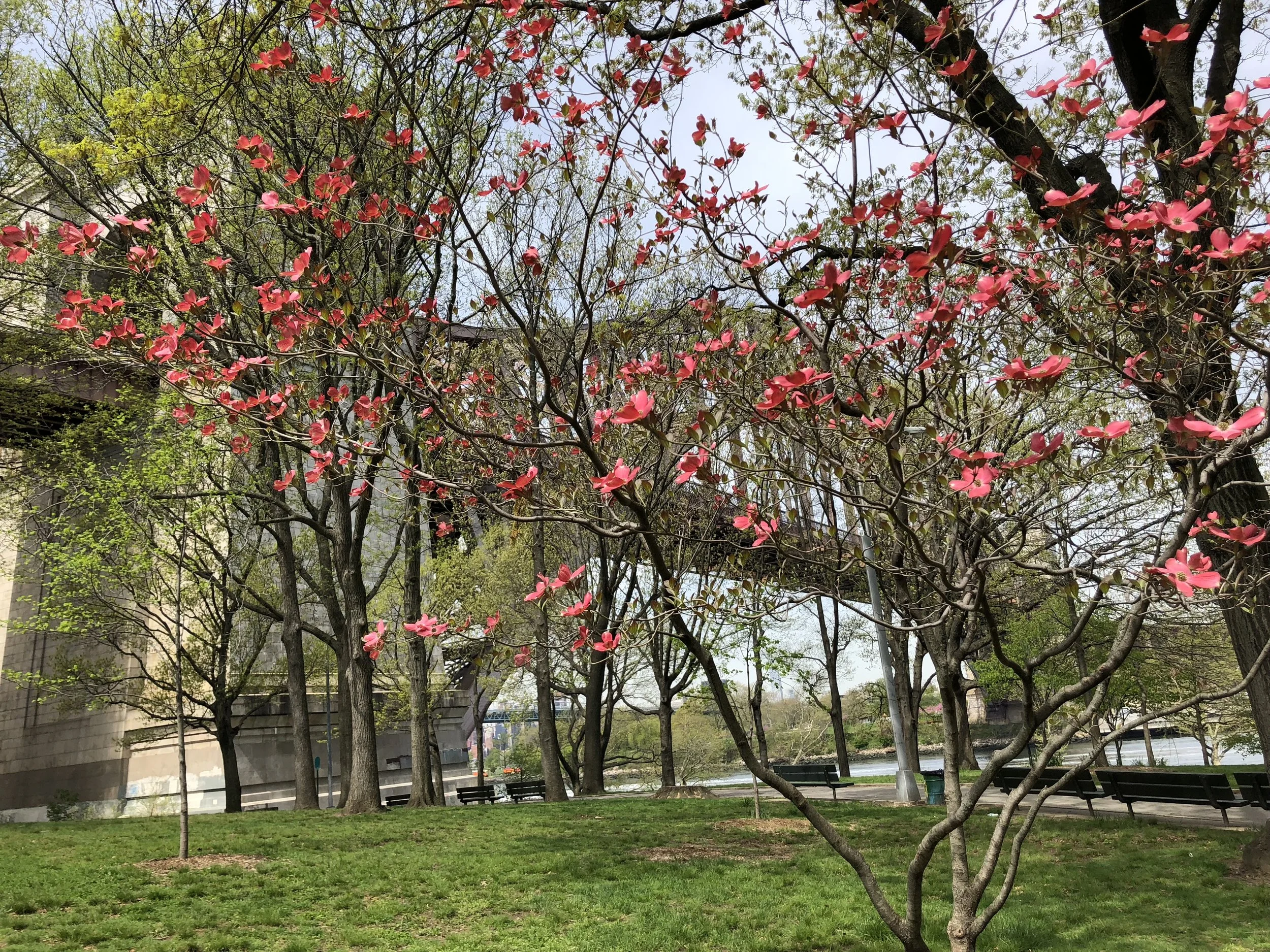REVIEW: Garrick Ohlsson Explores and Conquers Brahms
Above: Garrick Ohlsson, pianist. Photo: Kacper Pempel
APRIL 29, 2019
BY BRIAN TAYLOR
Garrick Ohlsson, one of today's masters of concert pianism, played his second installment of a complete traversal through the piano music of Johannes Brahms at the 92nd St. Y on Sunday. Ohlsson is the very embodiment of the modern virtuoso, a pianist of immense physical power (his large stature towers over the instrument) and poetic insight.
A student of Claudio Arrau, one of the great pianists of the twentieth century, Ohlsson is an exponent of a school of virtuosity stretching back to Franz Liszt. In a program note, the pianist writes that as his career developed, he "began to feel intimidated by Brahms's overwhelming intellectual and formal mastery; in his music, like Bach's, everything is consequential on all levels," but this performance proves that Ohlsson and Brahms have happily reconciled.
In a Facebook video discussing this program, Ohlsson describes the rarely played Sonata No. 2 in F-Sharp Minor, Op. 2, as "heaven-storming and not entirely coherent." You wouldn't notice a lack of coherency in his compelling rendition. Composed in 1852 at the age of nineteen, this precocious work is full of surprises and a different perspective on Brahms, the most classically minded of the romantics. Here, the young composer processes emotions in the manner of Beethoven both formally and pianistically.
Ohlsson tosses off fistfuls of octaves with ease, outbursts of fury from an impetuous teenager's frustration. Like Beethoven, Brahms fully explores the piano's dynamic range and tonal palette. Ohlsson delivers every gesture with a championship bowler’s follow-through. The first movement's opening statement rises violently to the top of the keyboard before falling dramatically to a richly voiced low chord, Ohlsson not shying from a true fortissimo and pesante.
Ohlsson has an adroit command of voicing, and scaling of dynamics, so that melody and accompaniment have an orchestral clarity and focus. The second movement, Andante con espressione, is a remarkable creation, vividly brought to life by Ohlsson’s clear aerial view of a multi-planed conversation. The third movement is an ominous Scherzo, answered in a bittersweet Trio. Ohlsson played the Trio's snapping grace notes with a singing lilt, and his expertise in Chopin comes in handy in the building trills that bring this Chopin-esque essay to a feisty close.
The magisterial Finale hints most accurately at the symphonist Brahms would become. The composer's originality brings fresh ideas to the classical tradition of the sonata. Ohlsson contrasts it with two sets of Brahms's late, mature character pieces for the instrument. Six Pieces for Piano, Op. 118, and Three Intermezzi, Op. 117 illustrate how Brahms was influenced by the Schumanns: his later piano works are compact character pieces, each a dive into a single mood and feeling. He now explores new ways of scoring for the two hands, dispersing the foreground and background in subtler ways, and a more compressed approach to counterpoint. His lifelong fascination with Baroque music has seeped in, as well.
In Ohlsson's hands, each Intermezzo, Ballade, or lullaby is both a meditation and a monologue; he connects spiritually with Brahms, and like a great reading of a Shakespeare soliloquy takes the audience on an emotional journey of extended reflection. He plays with a refreshing balance of matter-of-factness — letting the composer do the talking — and sparing poetic license. His sound at the Steinway is beautiful, especially in sweet lyricism such as Op. 118, No. 5, the fanciful Romance in F Major, and the soothing Op. 117, No. 1, the famous Andante moderato in E-Flat Major.
Brahms's Baroque influences were displayed in Ohlsson's thrilling account of the Variations and Fugue on a Theme by Handel, Op. 24, the pianist bringing tenderness and bombast to this rangy work. As an encore, he played the Hungarian Dance No. 1, with dazzling showmanship and infectious spirit.
***
Weds. May 8, Orpheus Chamber Orchestra & Mahan Esfahani, harpsichord
Fri. May 10, Pianist Orion Weiss





